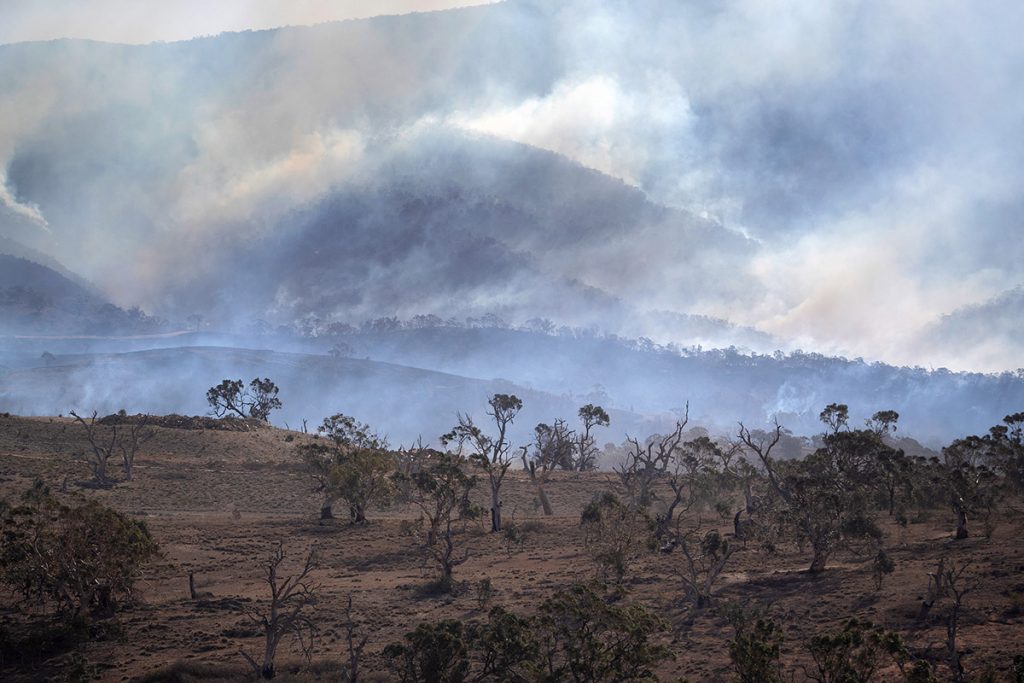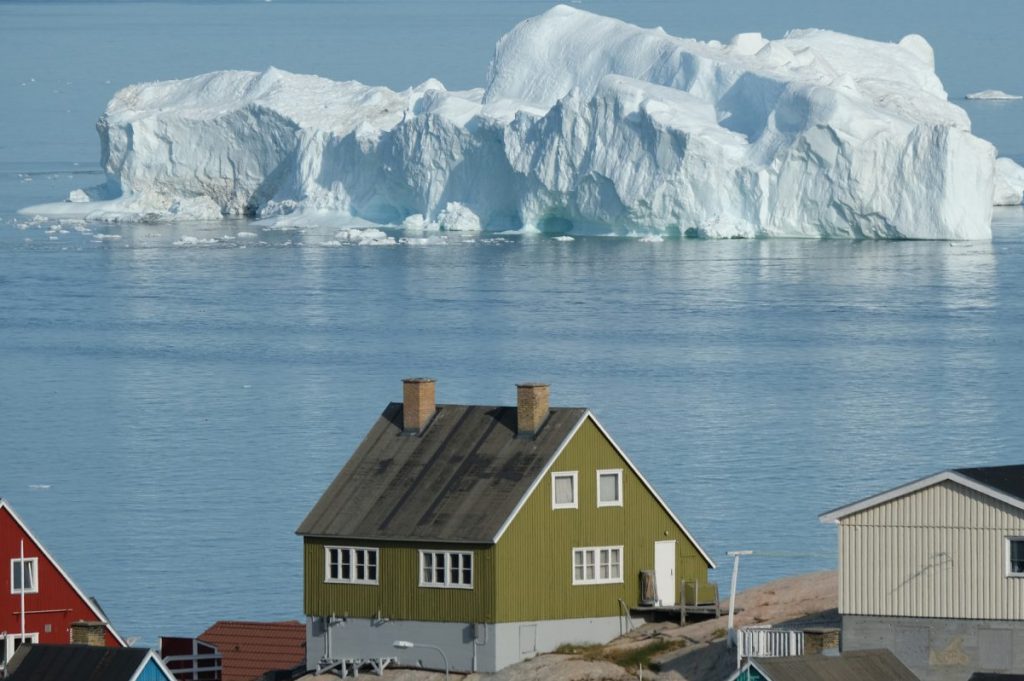
Climate Change Impacting Extreme Weather
UV heat passing through the Ozone layer causes extreme weather especially in places near bigger bodies of water or wide, empty spaces with no mountains surrounding them to act as barriers. The higher the temperature gets, the more prone an area becomes to any of the following:
Tropical cyclones
Thunderstorm and lightning storms
Tornado
Hailstorm
Flooding
These natural disasters occur due to an intense amount of warm air meeting cold air just above the clouds in time for precipitation to occur. Depending on the number of charges generated within the clouds and the direction of …



